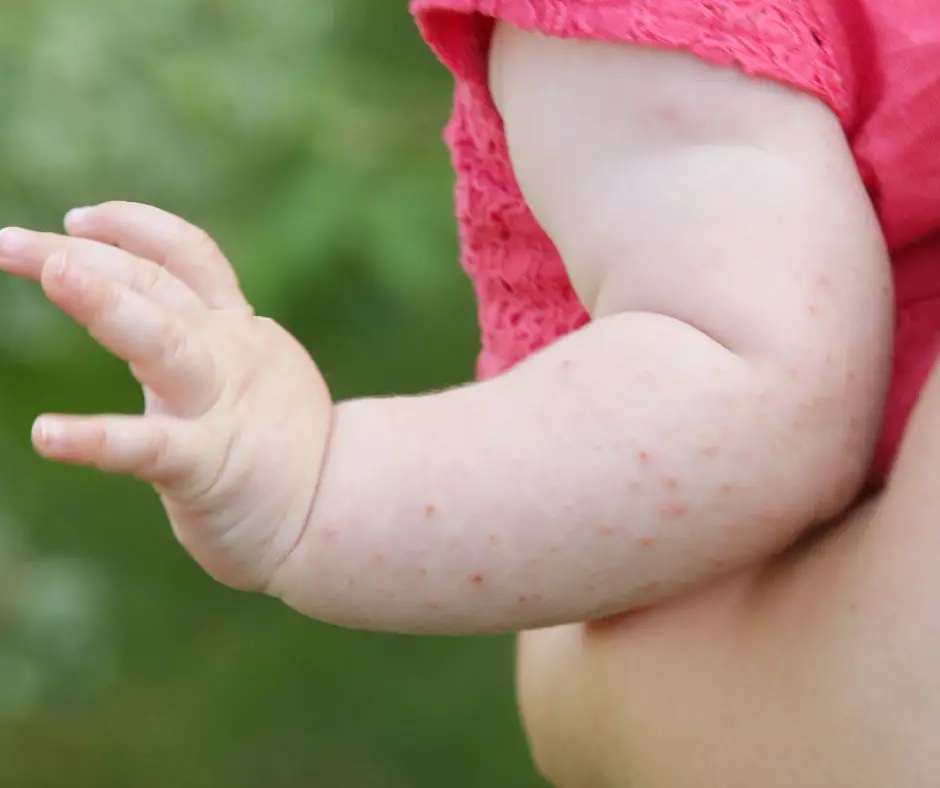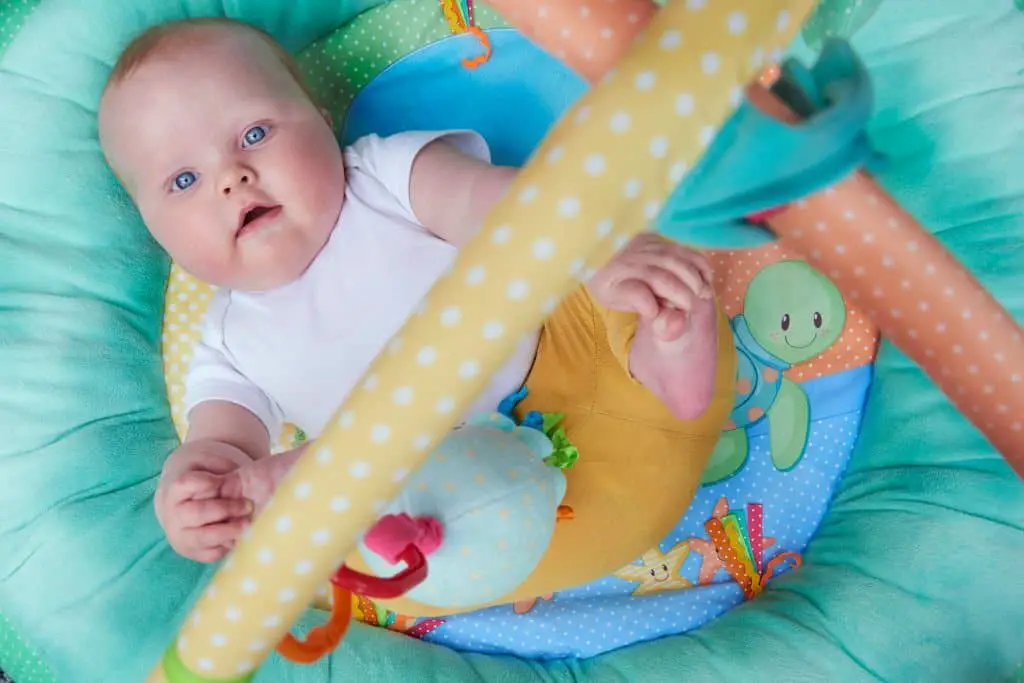Heat Rash in Toddlers: Causes, Prevention, and Treatment
Heat rash, also known as prickly heat, is a common skin condition that can affect toddlers during hot and humid weather. It occurs when the sweat ducts become blocked, causing sweat to be trapped under the skin. In this article, “What causes heat rash in Toddlers” we will explore the causes, symptoms, prevention, and treatment of heat rash in toddlers.
What is Heat Rash In Toddlers
Understanding Heat Rash
Heat rash is characterized by small red or pinkish bumps on the skin, often accompanied by itching and discomfort. In toddlers, this condition typically occurs in areas where the skin folds or comes into contact with clothing, such as the neck, chest, armpits, and diaper area.
The main cause of heat rash is the inability of immature sweat ducts to effectively regulate perspiration. As a result, sweat becomes trapped, leading to the formation of tiny blisters or bumps. Additionally, dressing toddlers in tight or heavy clothing in hot weather can exacerbate the condition.

Disclaimer :Teddycounty participates in the Amazon Associates program. We may receive a commission if you make a purchase via our website at no additional cost to you.
Symptoms of Heat Rash in Toddlers
Identifying the symptoms of heat rash is essential for early intervention. The primary signs include the appearance of a rash, which may consist of small, raised bumps or blisters. The affected area might also feel itchy and tender to the touch.
In severe cases, prolonged exposure to heat can lead to heat exhaustion, which presents symptoms like rapid heartbeat, excessive sweating, dizziness, and fatigue. It is crucial to recognize these signs and take prompt action to cool down the toddler.
How to prevent heat rash in toddlers
Preventing heat rash is possible by taking some simple precautions. Dressing your toddler in loose-fitting, lightweight clothing made of breathable fabrics like cotton can help minimize sweat buildup. Additionally, keeping the environment cool with fans or air conditioning can provide relief from excessive heat.
It’s also essential to avoid exposing your toddler to extreme heat for prolonged periods. If you’re outdoors during hot weather, schedule activities during the cooler parts of the day and offer plenty of breaks in the shade.
Treating heat rash in toddlers
If your toddler develops a heat rash, there are several steps you can take to alleviate discomfort and promote healing. The key is to keep the affected area dry and clean. Gently wash the skin with mild soap and water, pat it dry, and avoid using harsh chemicals or perfumed products.
Applying cool compresses to the rash can help reduce inflammation and itching. Choose hypoallergenic products to avoid further irritation, and refrain from wearing tight clothing that could rub against the rash.
Heat Rash in Toddlers Home Remedy
Several home remedies can provide relief for heat rash in toddlers. Oatmeal baths can soothe irritated skin, while calamine lotion and aloe vera gel have anti-inflammatory properties that can reduce redness and itching.
To prevent further irritation, dress your toddler in loose, breathable clothing that allows the skin to breathe. Avoid using creams or lotions with fragrances or potential allergens.
When to Consult a Doctor
Most cases of heat rash can be treated at home, but there are instances when medical attention is necessary. If your toddler’s rash persists or worsens despite home remedies, or if you notice signs of infection, such as pus or increased redness, consult a pediatrician promptly.
In some cases, a heat rash can lead to an allergic reaction, especially if you use creams or ointments that don’t suit your child’s skin. If you observe any signs of an allergic reaction, such as hives, swelling, or difficulty breathing, seek immediate medical assistance.
Tips for Soothing Discomfort
While waiting for the heat rash to subside, there are several ways to soothe your toddler’s discomfort. Avoid using creams or lotions that may trap heat and moisture, as these can exacerbate the condition. Instead, opt for cool compresses or oatmeal baths to alleviate itching and redness.
Keeping your child well-hydrated is also crucial, as this helps regulate body temperature and aids in the healing process. Offer water frequently, and ensure your toddler drinks enough fluids throughout the day.
Conclusion
Heat rash in toddlers can be a distressing condition, but with proper prevention and treatment, it can be managed effectively. Dressing your child in comfortable, breathable clothing, maintaining a cool environment, and using gentle skincare practices can significantly reduce the risk of heat rash.
Remember that most cases of heat rash can be treated at home with simple remedies and patience. However, if you have any concerns about your toddler’s health or the persistence of the rash, consult a healthcare professional for guidance.
FAQs
– No, heat rash is not contagious. It occurs due to sweat duct blockage and is not caused by bacteria or viruses.
– Yes, heat rash is commonly referred to as prickly heat due to the prickly sensation it can cause on the skin.
– Generally, heat rash is a mild and self-limiting condition. However, if left untreated and aggravated, it could lead to secondary infections.
– In most cases, heat rash clears up within a few days to a week with proper care and prevention.
– It’s best to avoid using over-the-counter creams on toddlers without consulting a pediatrician, as some products may contain ingredients that can worsen the condition.
You May Also Like:


